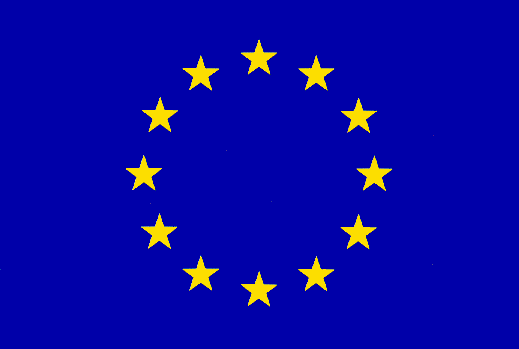Web Flags
Members:
Federica, Charlotte, Sabine, Tomasso, NadiaInspiration for this project:
Colours of the world wide social web: http://www.colourlovers.com/business/blog/2010/08/19/colors-of-the-social-world-wide-web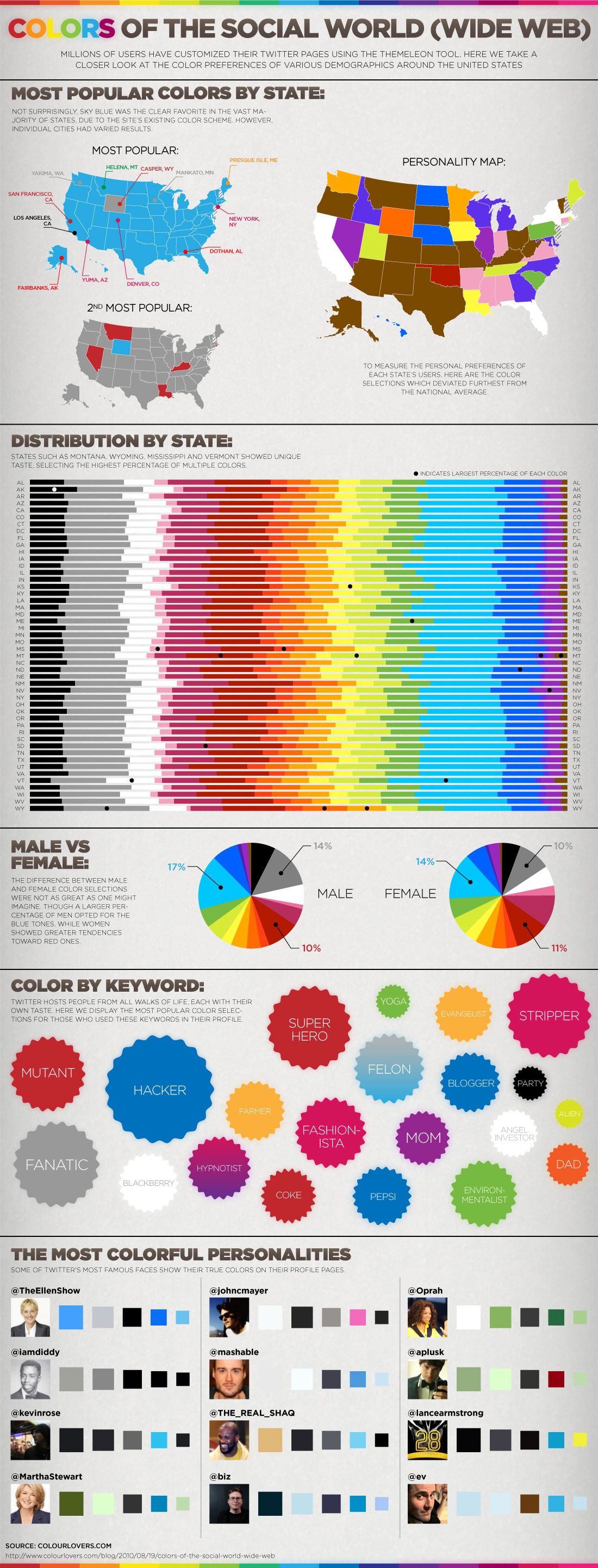 Colours in culture - David McCandless and AlwaysWithHonour.com asked "What colour is happiness in China? Or good luck in Africa? Or anger in Eastern Europe? Are any colour meanings universal across cultures and continents?" and came up with this:
Colours in culture - David McCandless and AlwaysWithHonour.com asked "What colour is happiness in China? Or good luck in Africa? Or anger in Eastern Europe? Are any colour meanings universal across cultures and continents?" and came up with this:
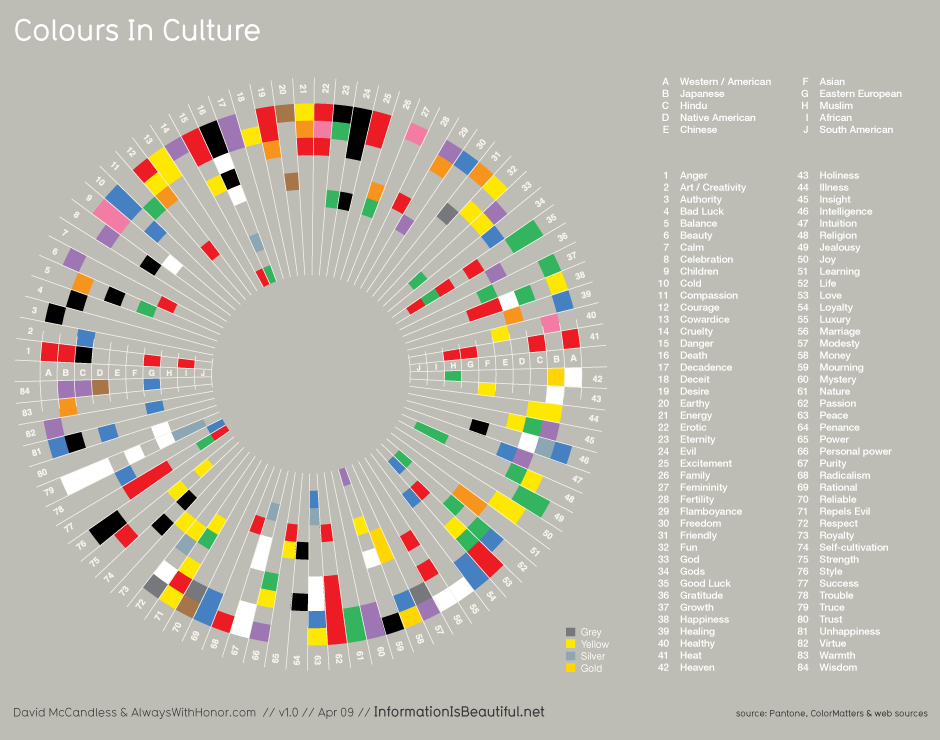 A series of adverts in which national emblems were made out of foods indigenous to the country represented http://www.boredpanda.com/12-tasty-national-flags-made-out-of-food/
A series of adverts in which national emblems were made out of foods indigenous to the country represented http://www.boredpanda.com/12-tasty-national-flags-made-out-of-food/
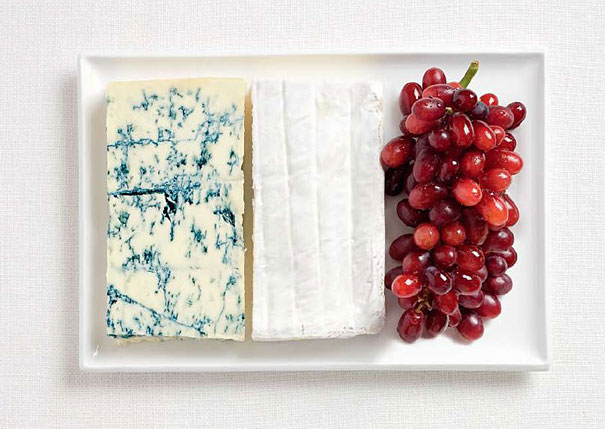 An advertising campaign created by Brazillian Icaro Doria for the magazine Grande Reportagem in Lisbon via FCB Publicidade. The campaign showed the 'real' meaning of national flags, and was intented to 'bring across concept that the magazine offers profound journalism about topics of real importance to the world of today.' http://adland.tv/ooh/flags-meet-world
An advertising campaign created by Brazillian Icaro Doria for the magazine Grande Reportagem in Lisbon via FCB Publicidade. The campaign showed the 'real' meaning of national flags, and was intented to 'bring across concept that the magazine offers profound journalism about topics of real importance to the world of today.' http://adland.tv/ooh/flags-meet-world
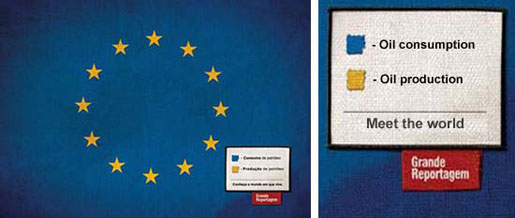 'Barcode' (2001) - commissioned by the European Union and carried out by OMA, who merged the flags of current EU member states into a new representative flag. It was commissioned as a response to the observation that Europe had an 'iconographic defecit'. Whereas the number of stars in the existing European flag are fixed, the barcode flag can be expanded as new countries join Europe OMA European Flag: http://oma.eu/projects/2001/eu-barcode
'Barcode' (2001) - commissioned by the European Union and carried out by OMA, who merged the flags of current EU member states into a new representative flag. It was commissioned as a response to the observation that Europe had an 'iconographic defecit'. Whereas the number of stars in the existing European flag are fixed, the barcode flag can be expanded as new countries join Europe OMA European Flag: http://oma.eu/projects/2001/eu-barcode
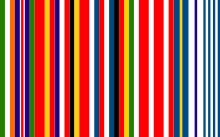 Bright Flags project - a call for designers to re-imagine a symbol for Europe http://www.designdenhaag.eu/en/node/3123/
Bright Flags project - a call for designers to re-imagine a symbol for Europe http://www.designdenhaag.eu/en/node/3123/
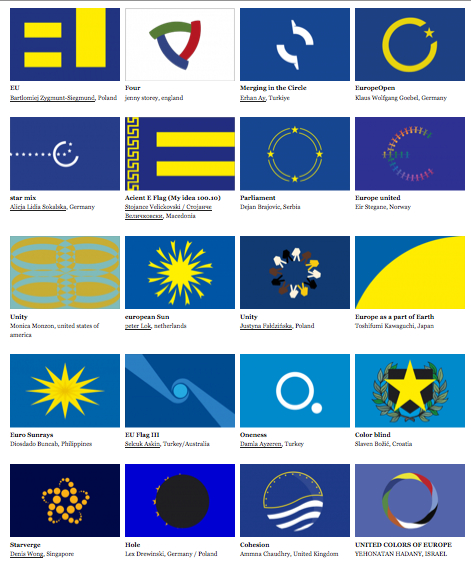
The current European Flag:
Flag symbolism The use of olours in flags is highly symbolic and culturally specific. Blue has different meanings for different countries - there is some contestation about the symbolism, but it may include: France
- a colour of Paris used on the city's coat of arms
- identified with Saint Martin,
- associated with the Virgin Mary the patron saint of France
- a colour of Charlemagne's ensign and war cry, "Montjoie".
- represents the bourgeoisie of the Ancien Régime
- a symbol of the famed Greek sky and sea
- associated with traditional colours of Greek clothes in the islands and the mainlan
- the pattern of blue and white formations (created from placing white metal layers on a blue surface) on the shield of Achilles
- connection with colors of goddess Athena, Alexander the Great's army banners
- represents truth, loyalty, and justice
- associated with coats of arms of previous kings
Research question
"Blue is still the most predictable colour on the web" (Folksonomy, 2011) Can we see cultural differences (and culturally specific palettes), by looking at the top websites per country? Is every country blue? What would national flags look like, based on the colours of Web? Is every country blue? And what would an EU flag be, based on the common colours of the EuroWebs?Method
1. Compile a list of European ccTLDs 2. Search for the top 20 websites for the 44 European countries with European ccTLDs 3. Using Colorzilla (Chrome and Firefox extension), pick the 2 dominant colours of each website (see protocol below), and paste into a spreadsheet.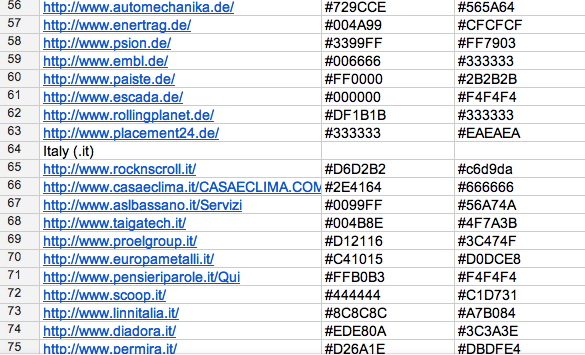 4. Create an overview of the colour pallettes per country, and recolour the country's flags
5. Create a new EU flag.
4. Create an overview of the colour pallettes per country, and recolour the country's flags
5. Create a new EU flag.
Tools used:
1. Compare Lists: https://tools.digitalmethods.net/beta/analyse/ 2. To get top 20 websites per ccTLD manually, we used the harvester: https://tools.digitalmethods.net/beta/harvestUrls/- Use clean research browser
- Google - "site:.uk"
- Search setting - Results per page - 30, uncheck instant results
- Copy whole list
- Paste into harvester
- Select Only return uniques
- Select exclude Google & YT links
- Harvest
- Paste urls into Google Doc & delete anything after row 21
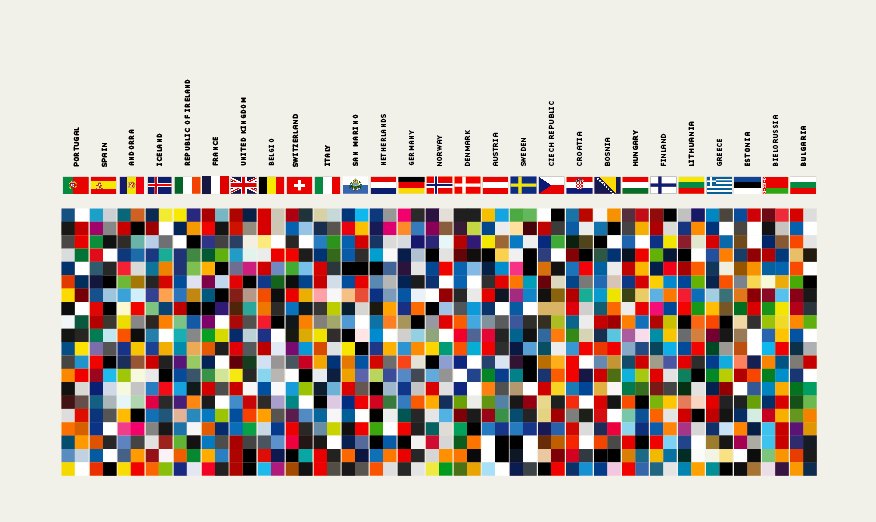 Extras:
- correlate with other data?
Extras:
- correlate with other data? Countries richness in colour, vs wealth (per capita income of a country?) - world countries flags -- Main.Nadi aGabrielaDresscherLambertus - 27 Jun 2012
Problems/glitches:
The harvester doesn't return all the top 20 urls for countries which use Cyrillic script - the search returns some of the sites without the 'www.' and these don't show up in the harvester. Countries with Cyrillic script: http://en.wikipedia.org/wiki/Cyrillic_script
* coloursinculture.png:
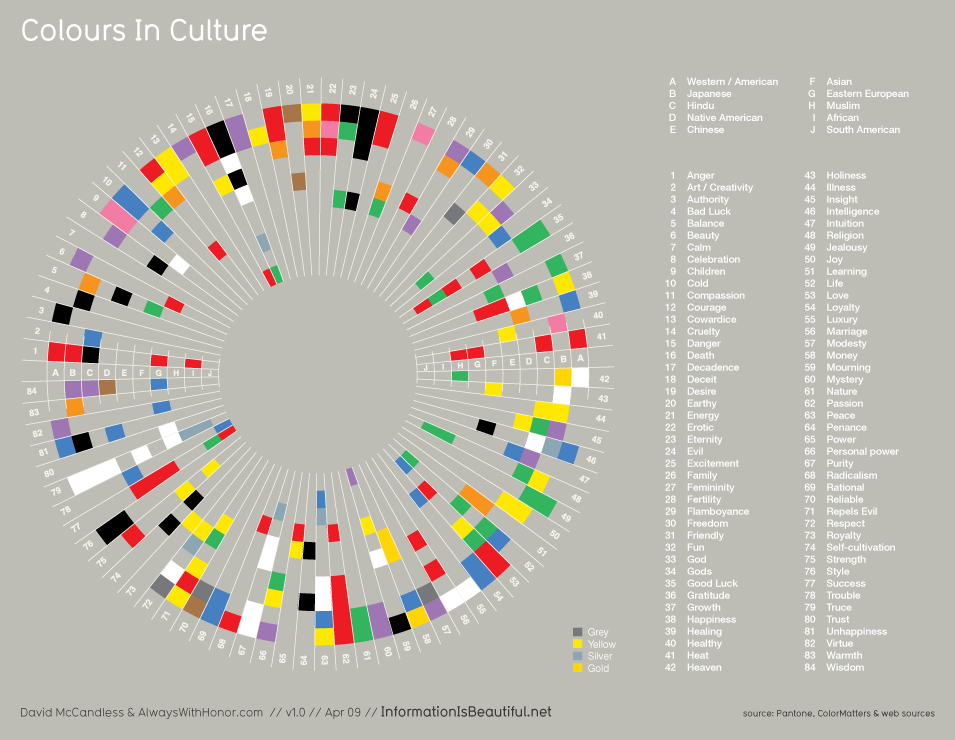
- Goethe_Farbenkreis: Goethe_Farbenkreis
- Goethe_Farbenkreis.jpg:
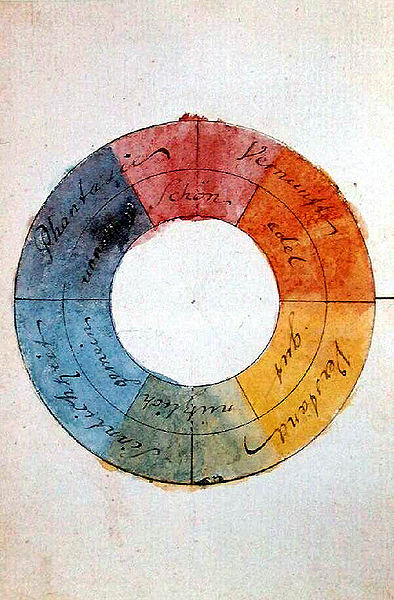
- colours_in_scale.png:
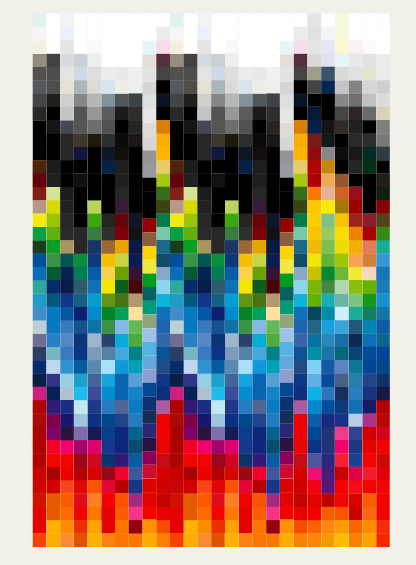
- french_blurred.png:

- french_webflag.png:
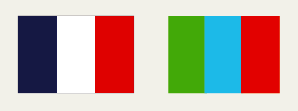
Edit | Attach | Print version | History: r17 < r16 < r15 < r14 | Backlinks | View wiki text | Edit wiki text | More topic actions
Topic revision: r16 - 29 Jun 2012, SabineNiederer
 Copyright © by the contributing authors. All material on this collaboration platform is the property of the contributing authors.
Copyright © by the contributing authors. All material on this collaboration platform is the property of the contributing authors. Ideas, requests, problems regarding Foswiki? Send feedback
